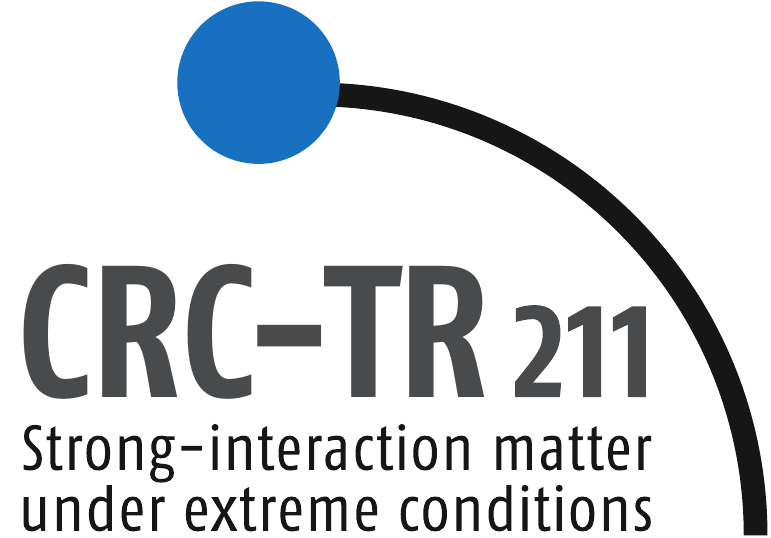\( \newcommand{\dd}{\mathrm{d}} \) \(
\DeclareMathOperator{\sign}{sign} \) \(
\newcommand{\pvec}[1]{\vec{#1}^{\,\prime}} \) \(
\newcommand{\R}{\mathbb{R}} \)
\( \newcommand{\dd}{\mathrm{d}} \) \(
\DeclareMathOperator{\sign}{sign} \)

 Nuclear Physics
Colloquium
Nuclear Physics
Colloquium
Venue: Physics Building, Max-von-Laue-Str. 1, PHYS 02.116
Time: Thursday, November 14, 4:30pm (s.t.)
Contact: hees@itp.uni-frankfurt.de
Light nuclei production in ultra-relativistic
heavy ion collisions
Dmytro Oliinychenko (LBNL Berkeley)
I briefly overview the motivations of
recent studies of the light nuclei production in ultra-relativistic heavy
ion collisions: anti-nuclei in space, and search for the critical point of
the strongly-interacting matter. Then I focus on a particular recent
development --- possible solution of the "snowballs in hell" puzzle ---
why the nuclei with binding energies of few MeV apparently survive
temperatures of around 155 MeV. Recent simulations within a hydrodynamics
+ hadronic transport approach, where deuterons are produced and destroyed
mainly in $\pi pn \leftrightarrow \pi d$ reactions show that deuterons do
not survive. They are rather created and disintegrated with approximately
equal rates during a certain period of time. I show that these simulations
reproduce not only deuteron spectra, but also the deuteron flow $v_2$ in
PbPb collisions at 2.76 TeV. Finally, I show some preliminary results,
where this approach is extended to triton and Helium-3 production.
This talk will be
live-streamed via Vidyo (but not recorded!) under
https://vc.uni-frankfurt.de/join/idcqq8I3y2FCW6p8DTQF9CTQJc
Nuclear Physics Colloquium Homepage

 Nuclear Physics
Colloquium
Nuclear Physics
Colloquium 
 Nuclear Physics
Colloquium
Nuclear Physics
Colloquium